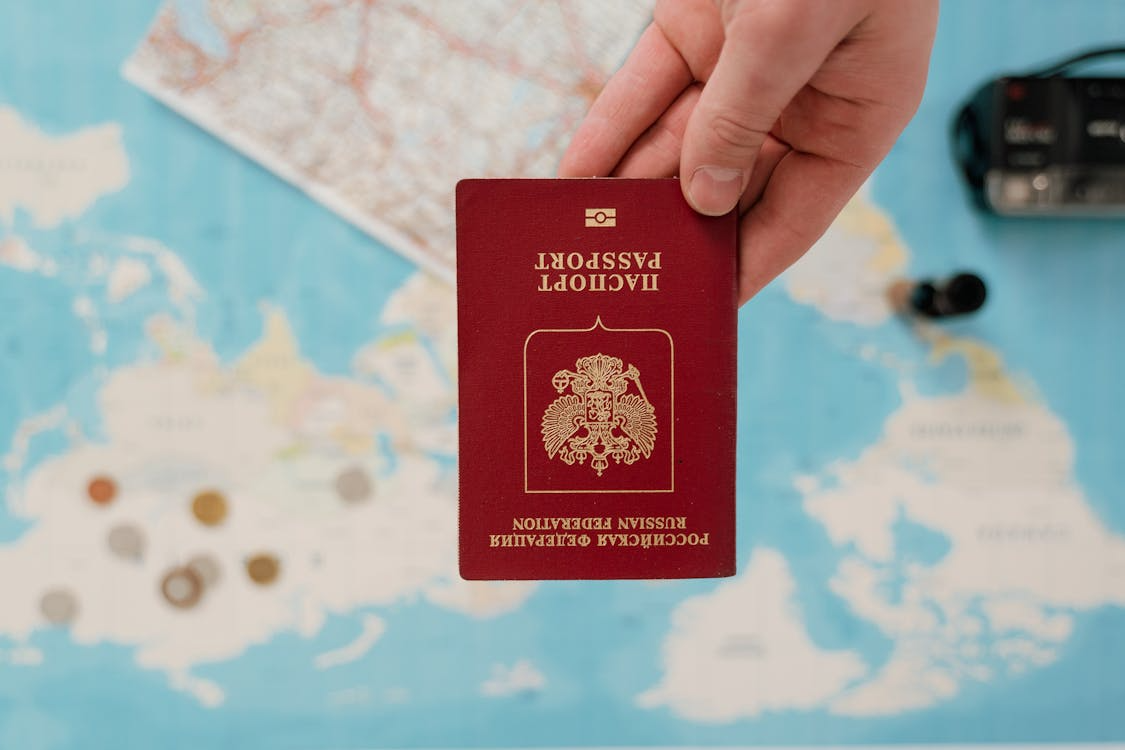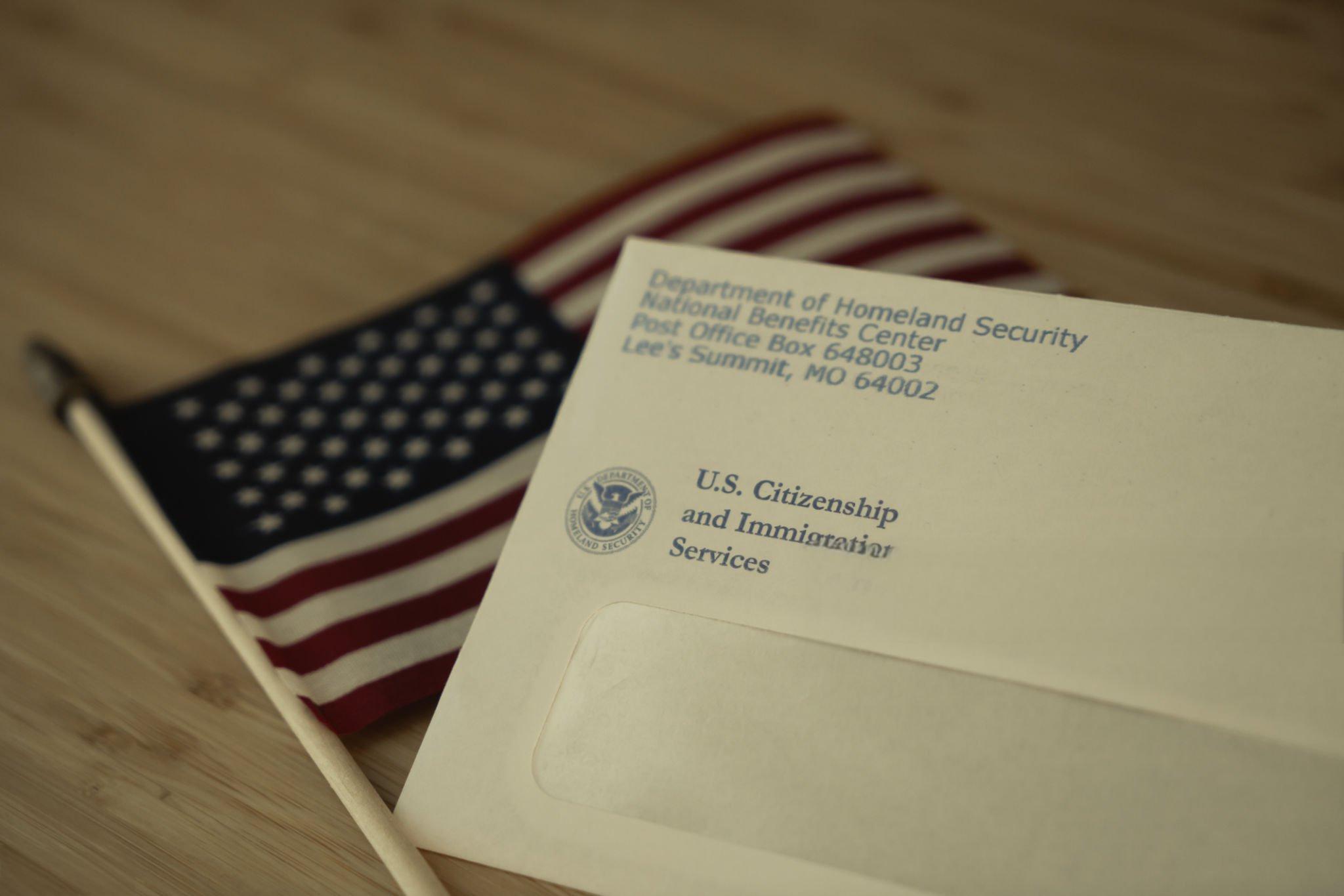Why does a werewolf-themed short drama that sets North American screens ablaze struggle to find an audience in Thailand, where urban romance stories reign supreme? This disparity reveals a critical insight for the global entertainment industry: cultural preferences shape what viewers watch. As short dramas expand beyond their home markets, their success depends on more than good storytelling—it requires deep localization. This means tailoring content to fit the cultural, religious, and aesthetic fabric of each region. Let’s explore how localization strategies differ for North America, Southeast Asia, and the Middle East, proving that a universal approach simply doesn’t work.
To conquer global markets, short dramas must feel local. Superficial translation won’t suffice; creators need to adapt narratives, characters, and visuals to reflect the values and tastes of their audience. This “made-to-measure” approach ensures that a story doesn’t just cross borders—it connects. Whether it’s tweaking dialogue for authenticity or rethinking themes to avoid cultural taboos, localization is the bridge between a drama’s origin and its international audience.
North American viewers have a soft spot for the fantastical. Werewolves, vampires, and fast-paced revenge plots dominate, echoing the legacy of hits like Twilight and The Vampire Diaries. To localize effectively, creators must lean into these genre staples while ensuring the content feels native. Language is a key battleground. Incorporating authentic American slang and idioms—think “spill the tea” or “go big or go home”—makes dialogue relatable. Casting also matters: while North America’s audience is diversifying, mainstream appeal often favors Caucasian actors who align with traditional Hollywood imagery. That said, inclusivity is gaining traction, and a smart localization strategy might blend broad appeal with diverse representation to capture a wider viewership.
In Southeast Asia, cultural ties with China make certain themes instant hits. Stories of “wealthy family feuds” or “mother-in-law tensions” resonate deeply, reflecting familiar social dynamics. Yet, success here demands more than thematic alignment—it requires sensitivity to the region’s diversity. Religion and language complicate the picture. Thailand’s Buddhist majority and Indonesia’s Muslim population bring distinct taboos; a risqué subplot that works in one might offend in another. Creators must adjust content to respect these norms, whether by softening romance or avoiding sensitive topics. Linguistically, the region’s mosaic—Thai, Indonesian, Vietnamese—calls for meticulous dubbing and subtitling. A poorly translated line or ignored cultural nuance can derail an otherwise compelling drama.
The Middle East offers vast potential but demands precision. Cultural and religious sensitivities dominate, rooted in Islamic values that shape social norms. Localization here isn’t optional—it’s a prerequisite. Content must pass a strict filter: modest clothing, limited physical intimacy, and zero religious disrespect. A scene that’s tame elsewhere might need reworking—or cutting entirely—to avoid backlash. Arabic translation is the linguistic baseline, but dialects vary, and getting the tone right matters. Missteps can lead to bans or boycotts, so localization often involves re-scripting to preserve a story’s essence while honoring local expectations.
Navigating these complexities requires more than guesswork—it demands expertise. Our company offers a global network of native translators and cultural consultants who specialize in market-specific localization. For North America, we craft scripts with idiomatic flair and cultural resonance. In Southeast Asia, we ensure religious respect and linguistic accuracy across multiple languages. For the Middle East, we scrutinize every detail to align with social norms, delivering content that’s both engaging and compliant. This tailored approach minimizes cultural risks and maximizes impact. By blending local insight with creative adaptation, we help clients turn potential barriers into opportunities, ensuring their short dramas don’t just reach audiences—they captivate them.
The journey of a short drama from local hit to global sensation rests on one principle: localization is king. North America craves fantasy and familiarity, Southeast Asia thrives on familial tales with cultural care, and the Middle East rewards precision and respect. Through targeted strategies and expert guidance, we empower creators to craft stories that transcend borders, proving that in the world of entertainment, one size never fits all.











